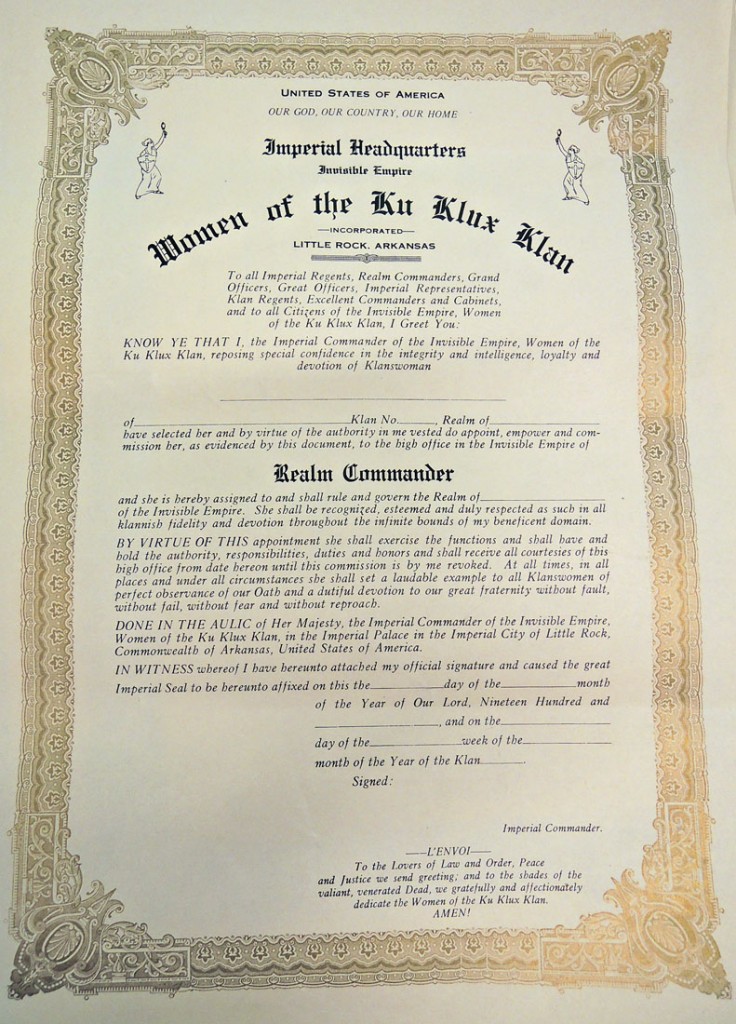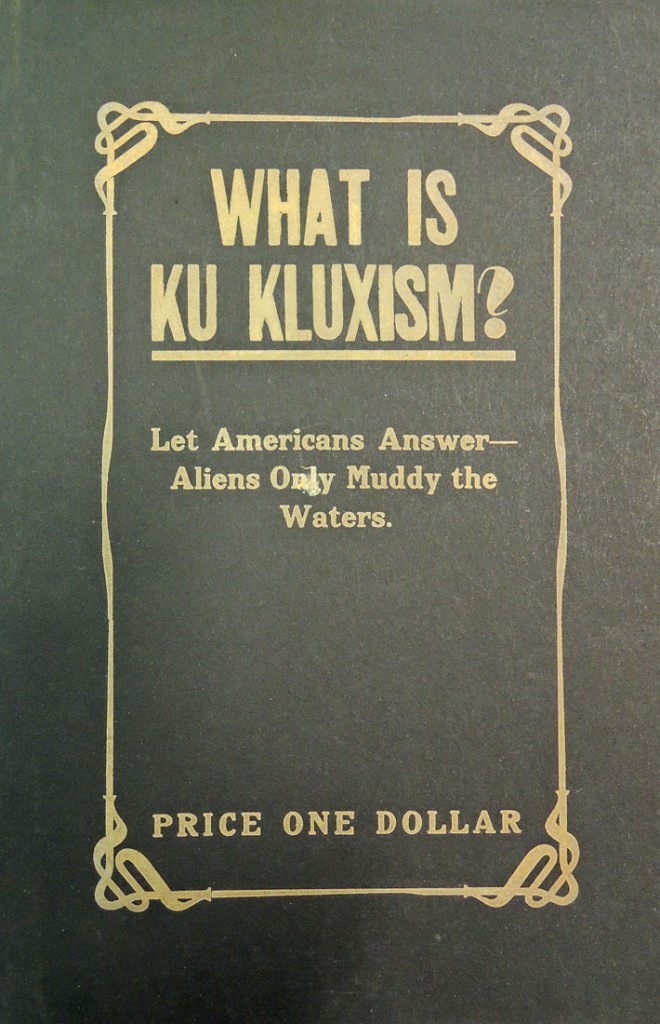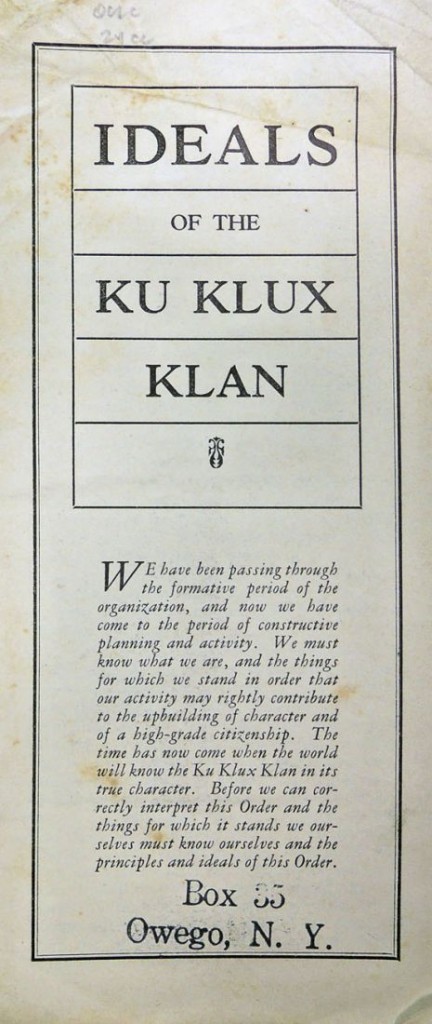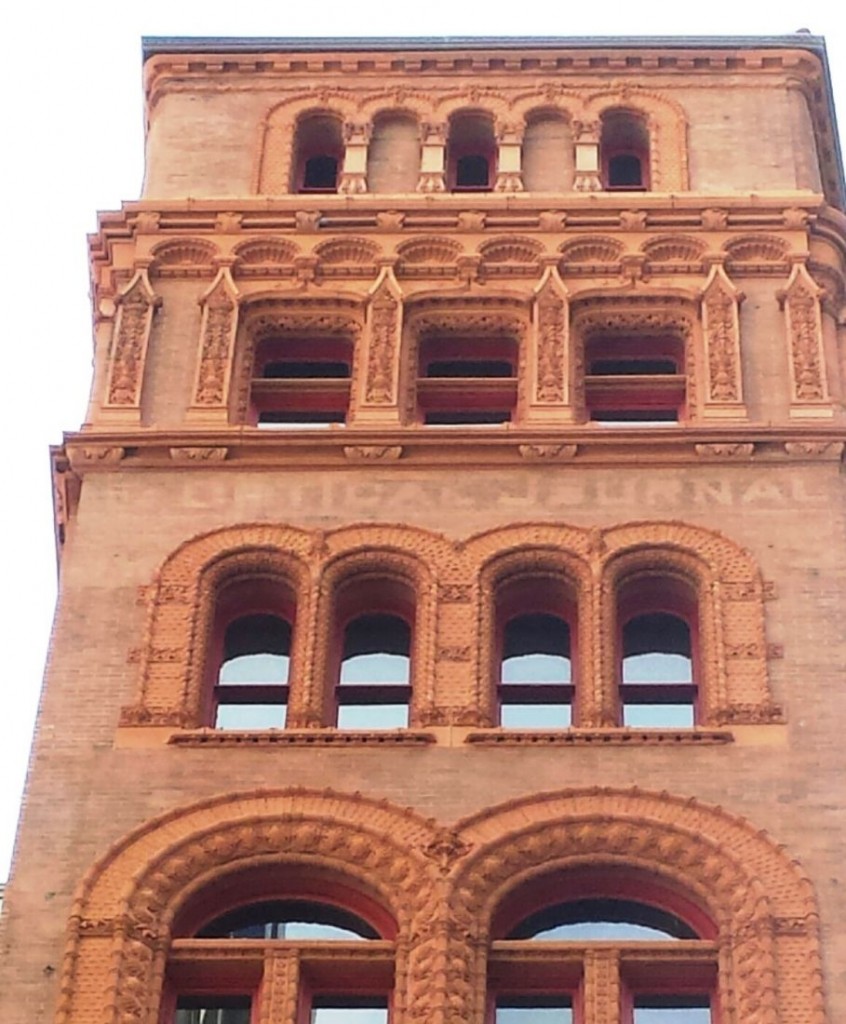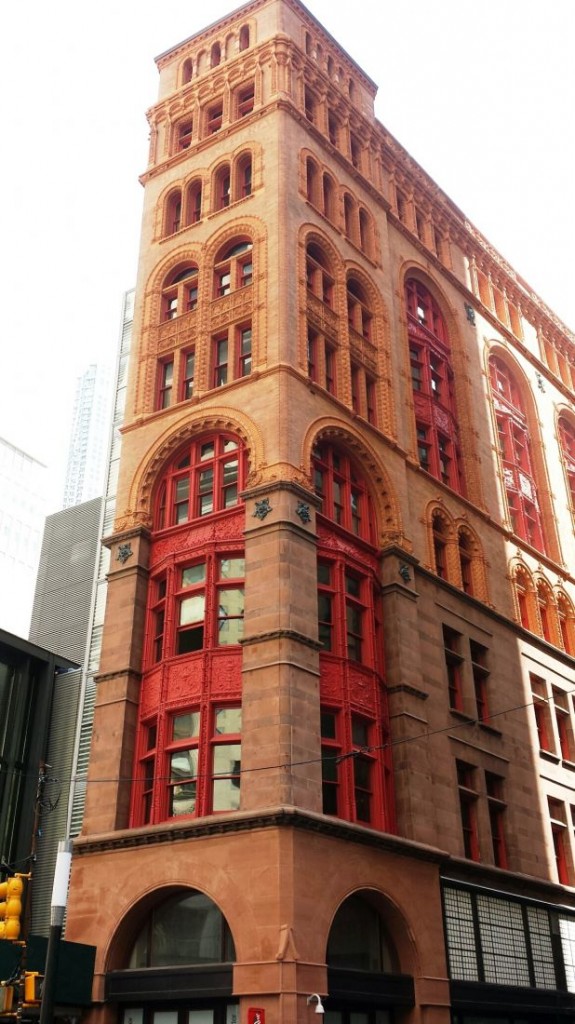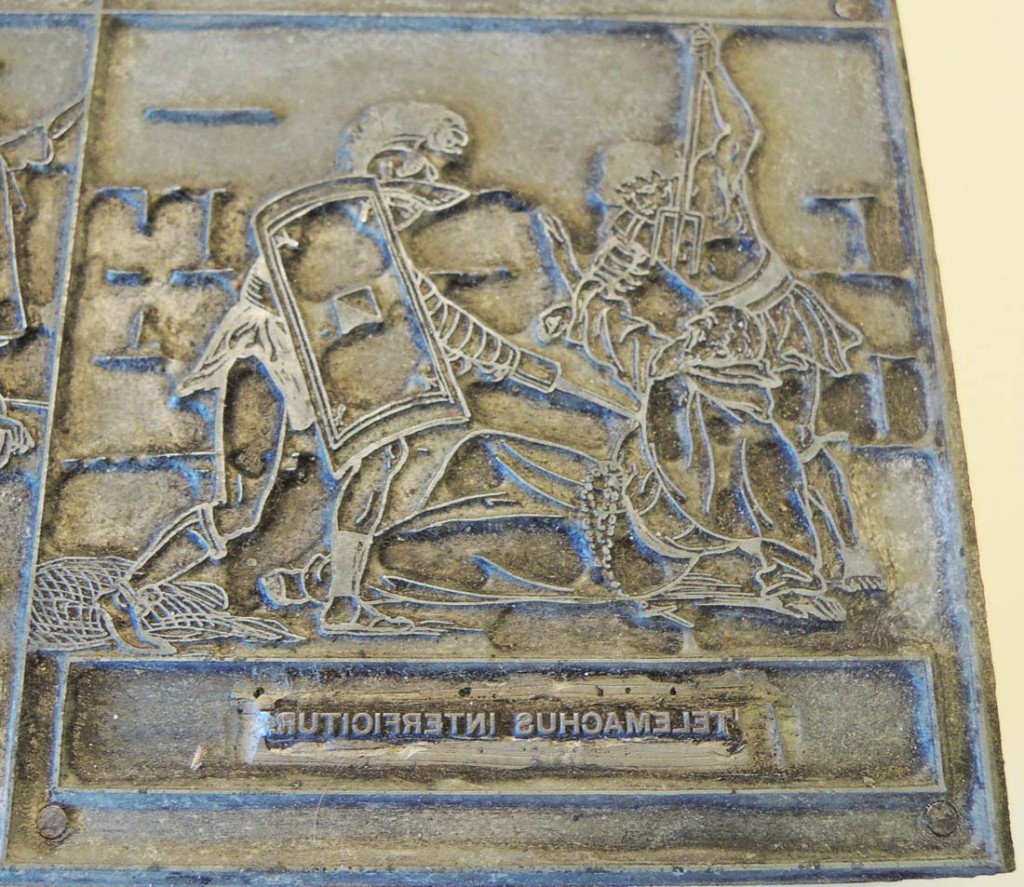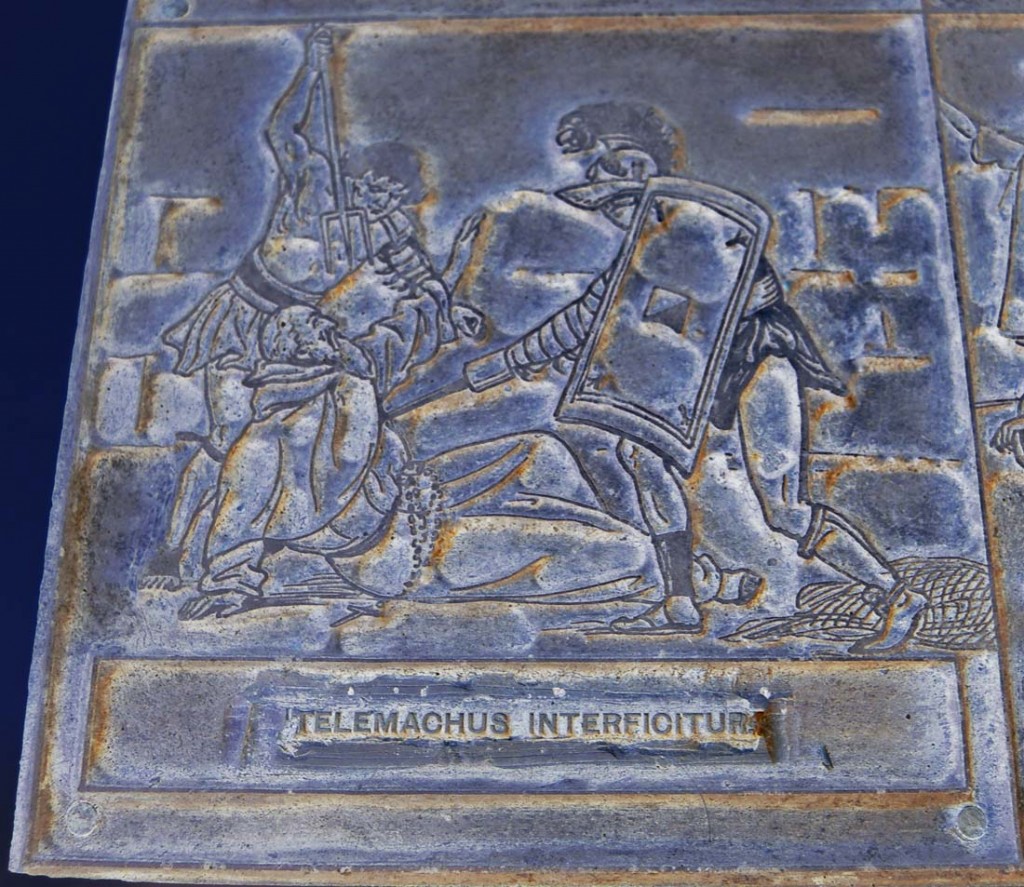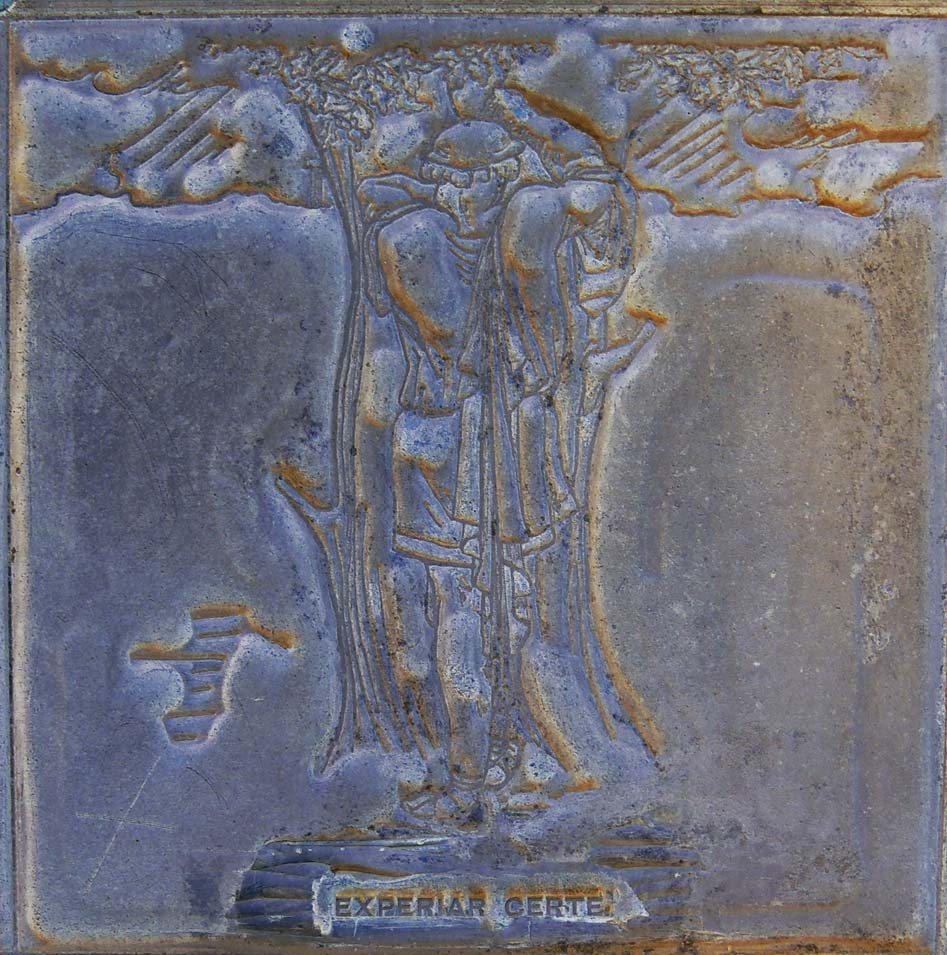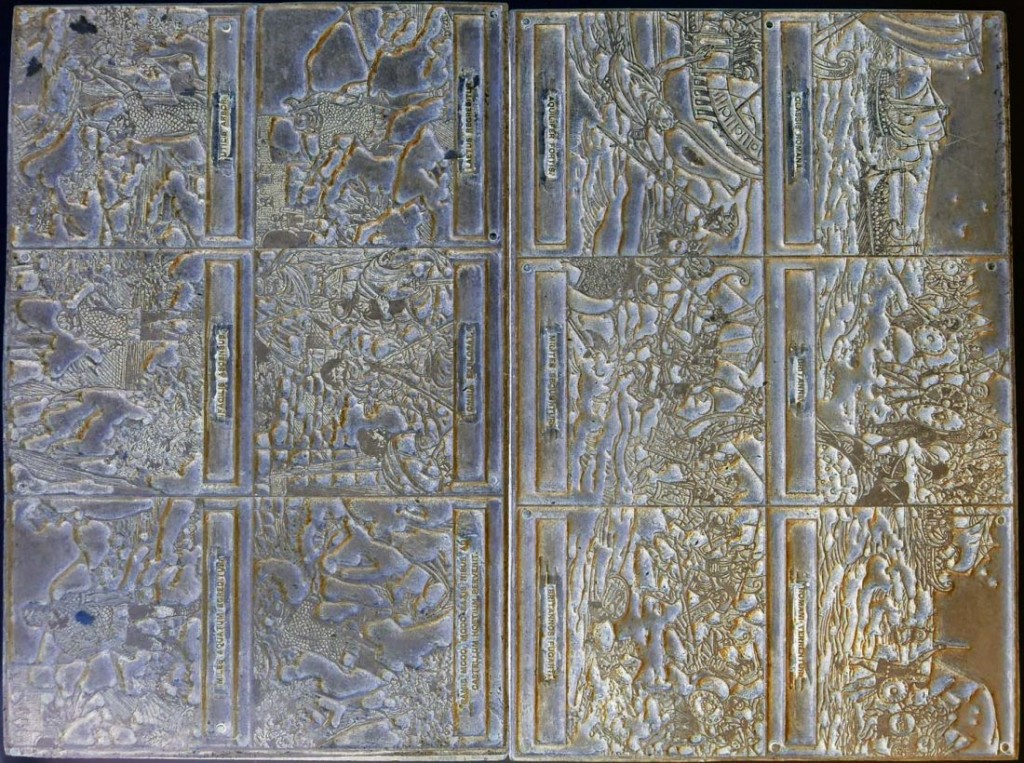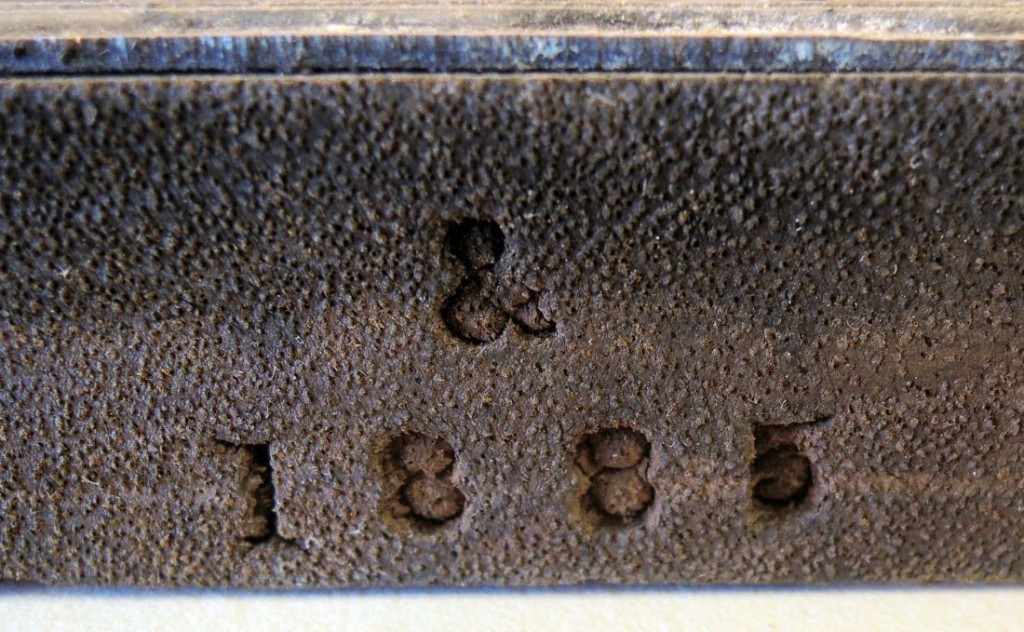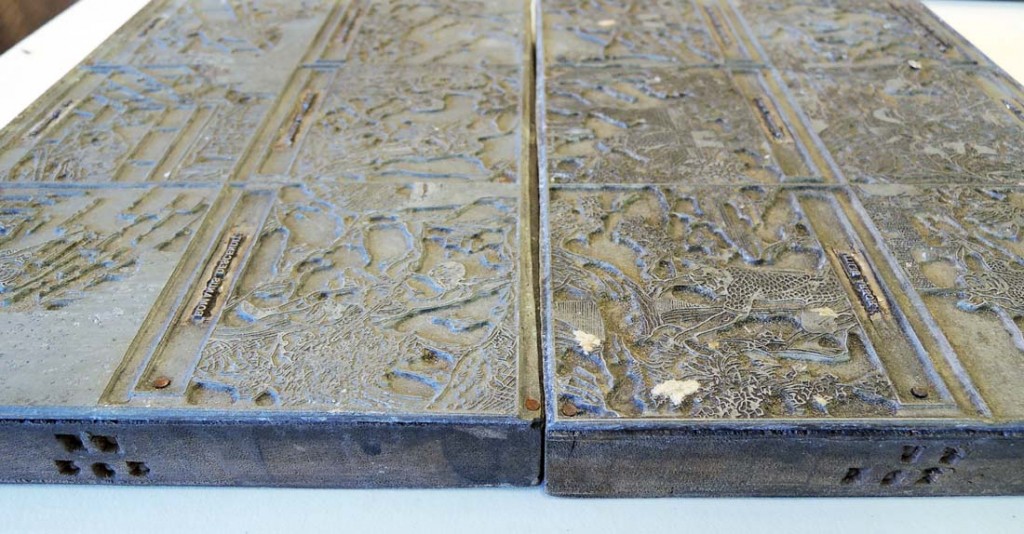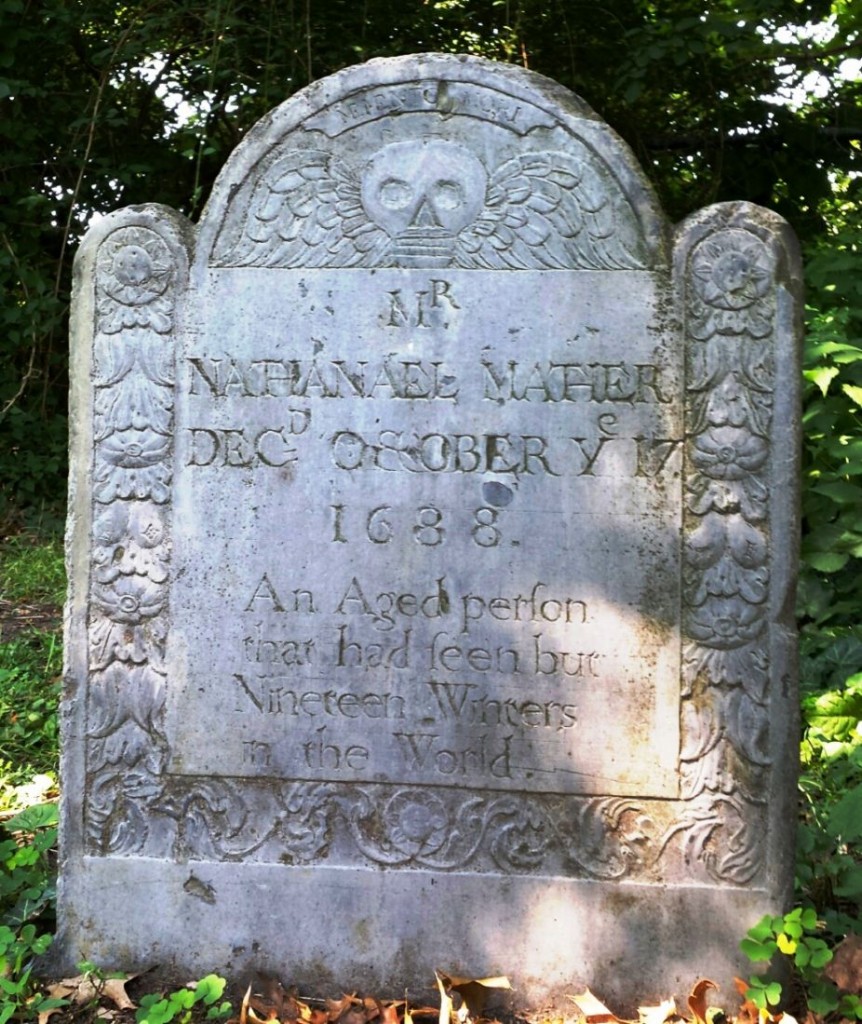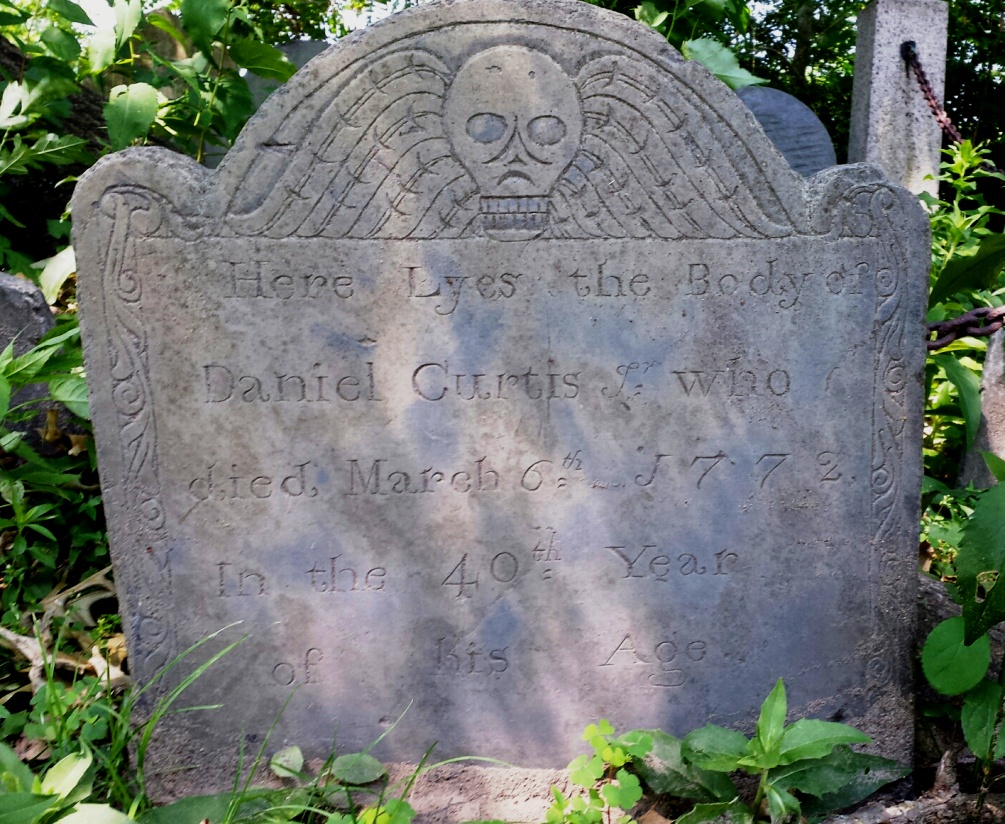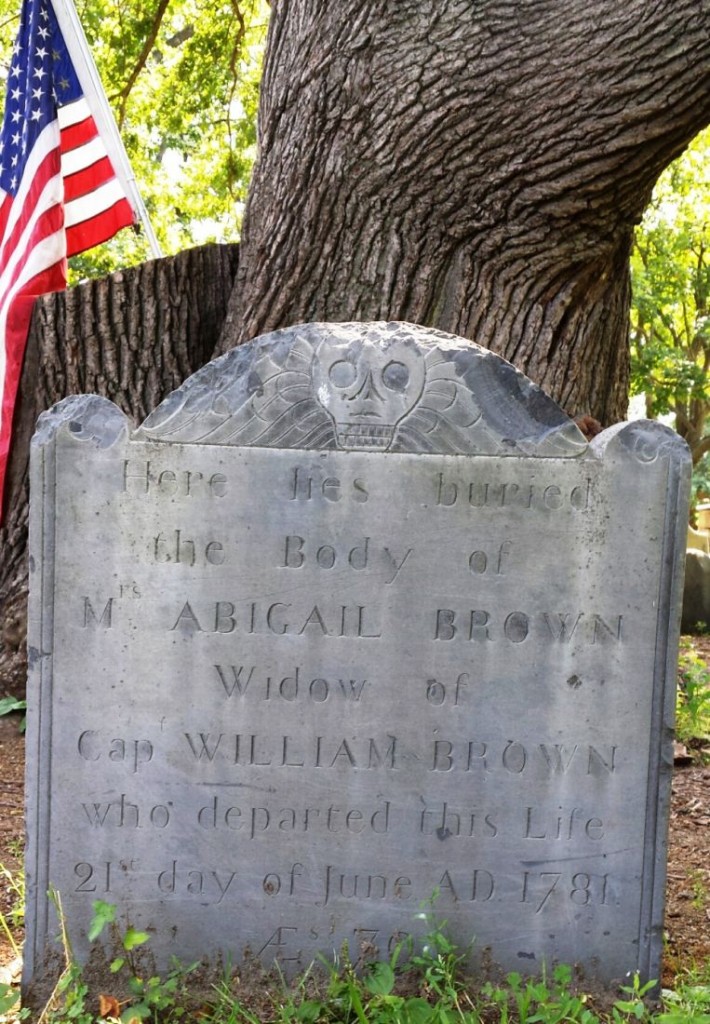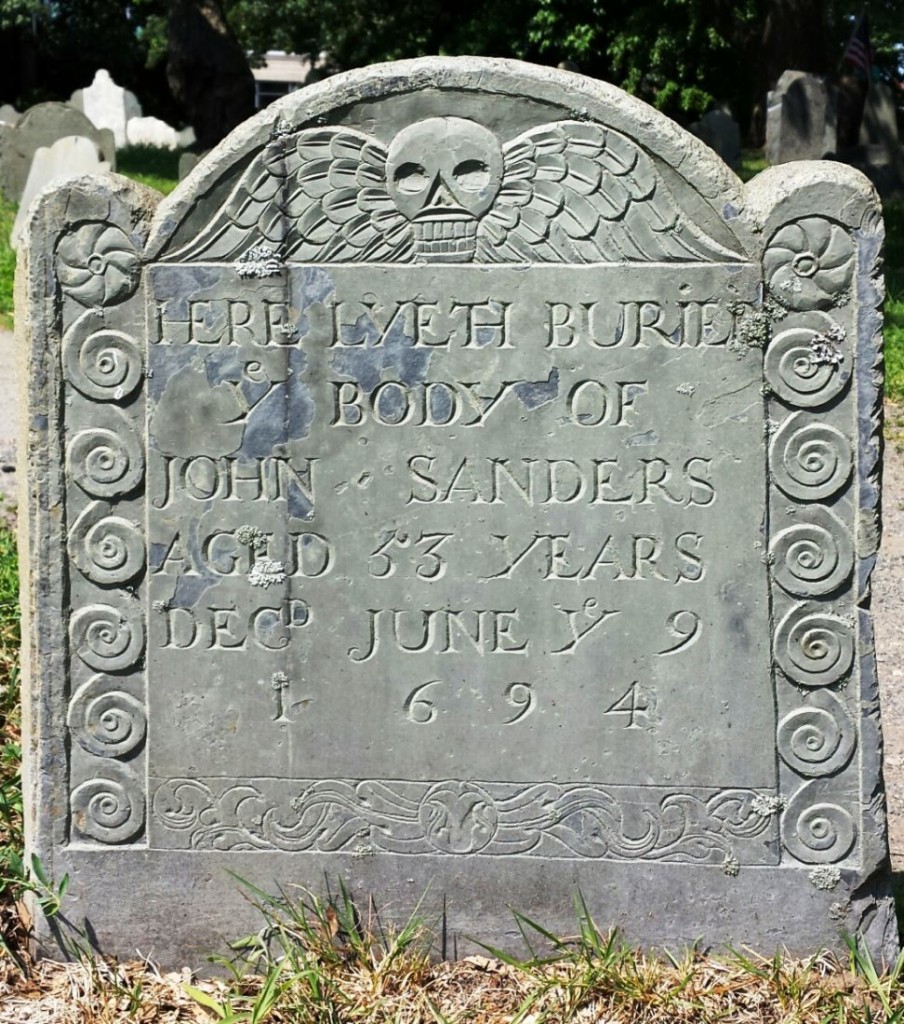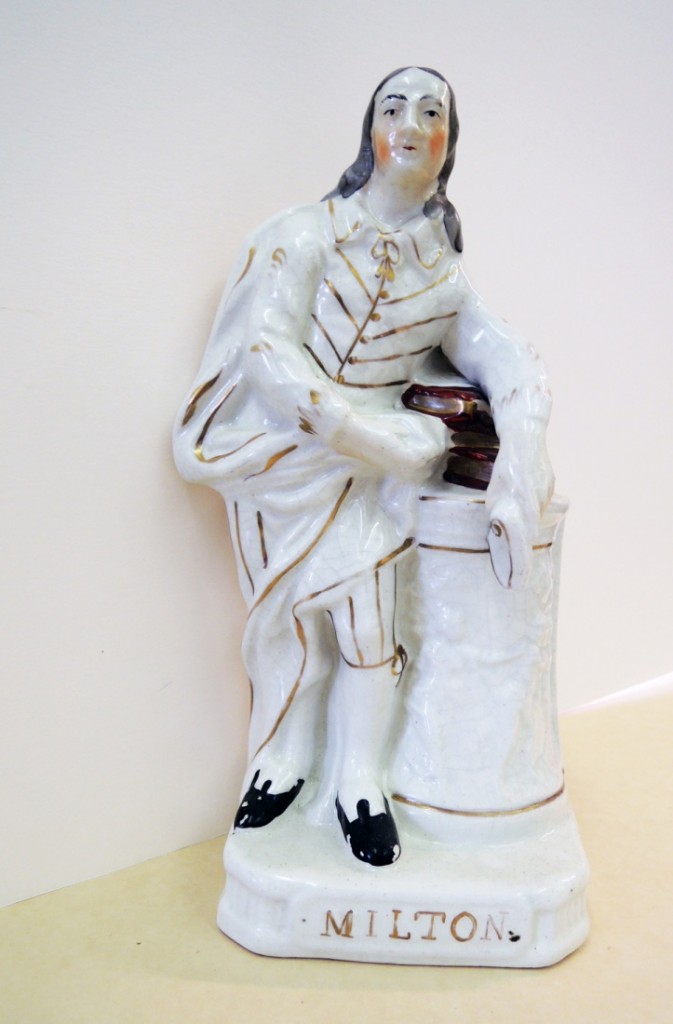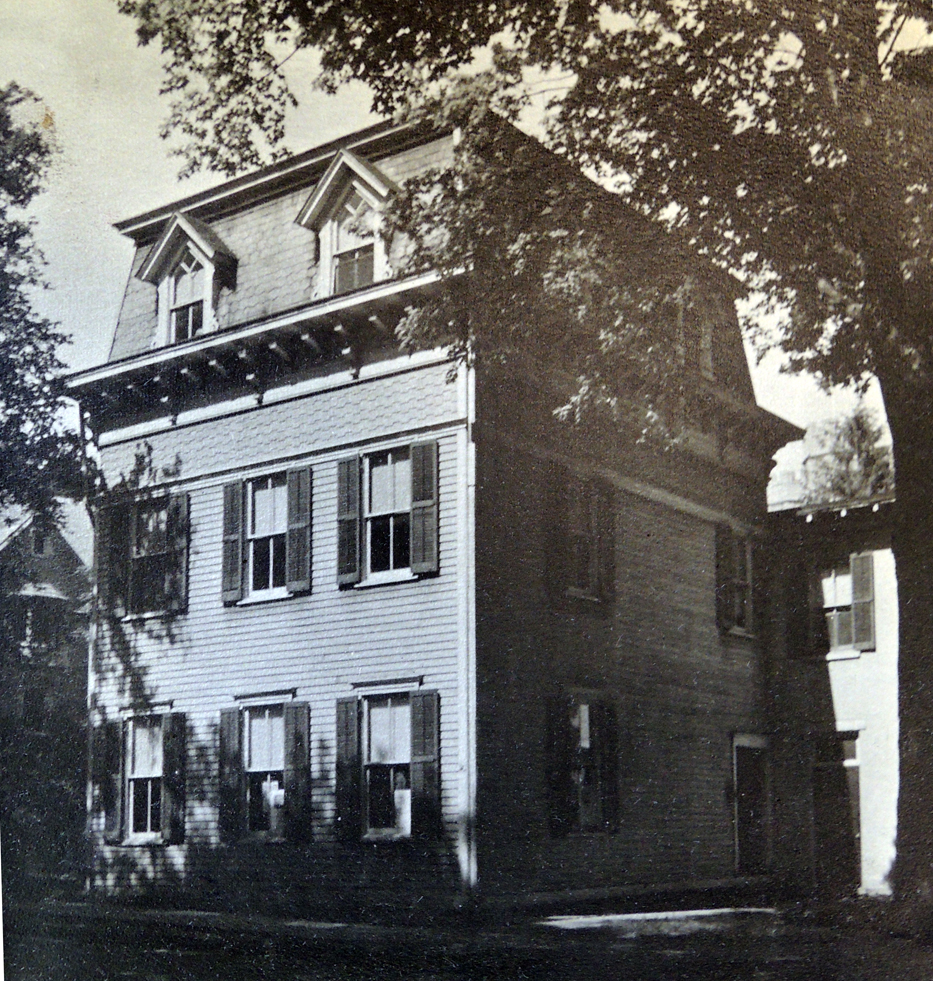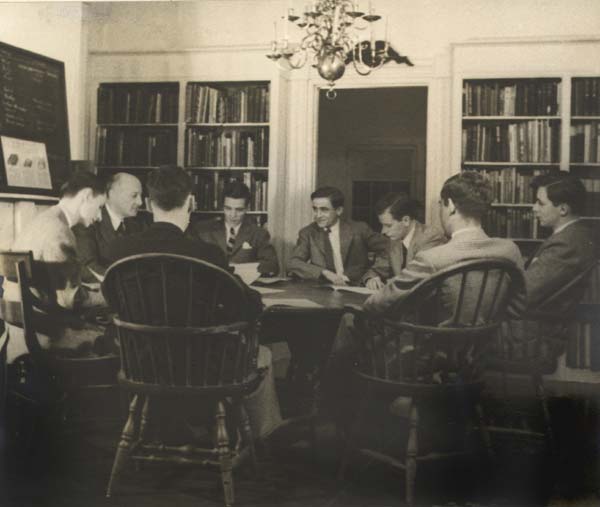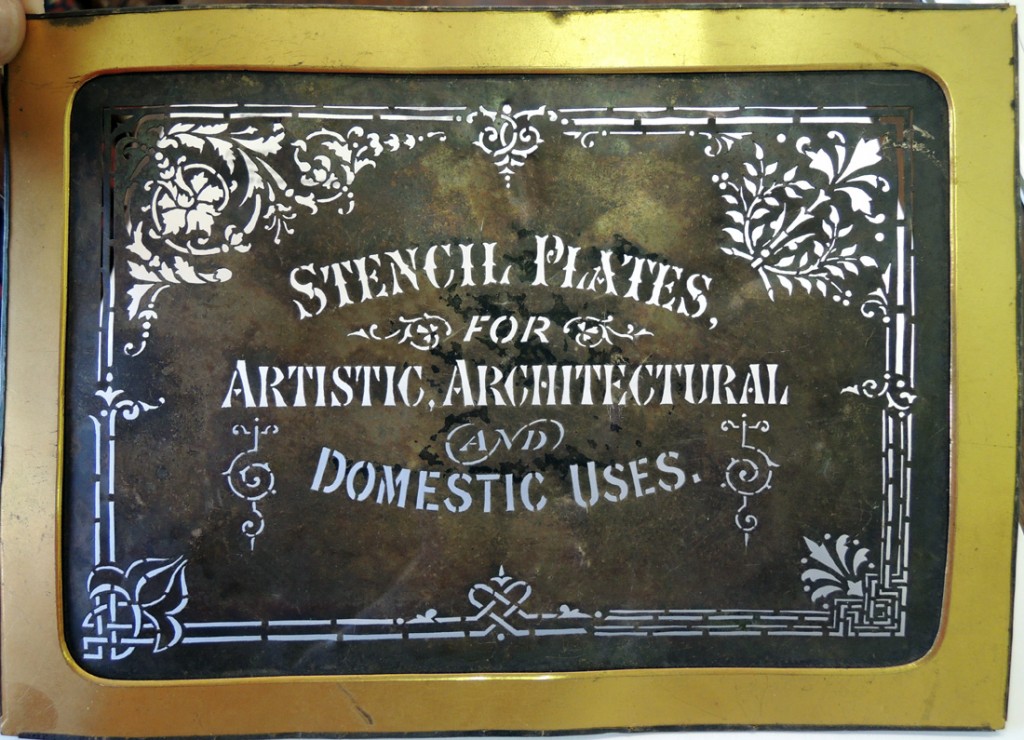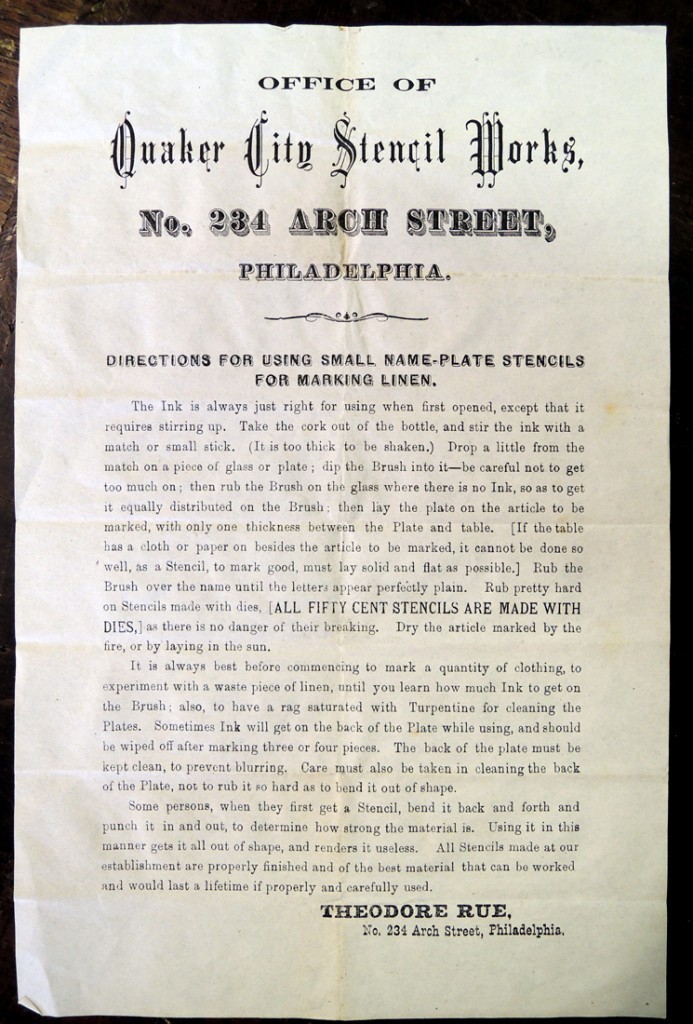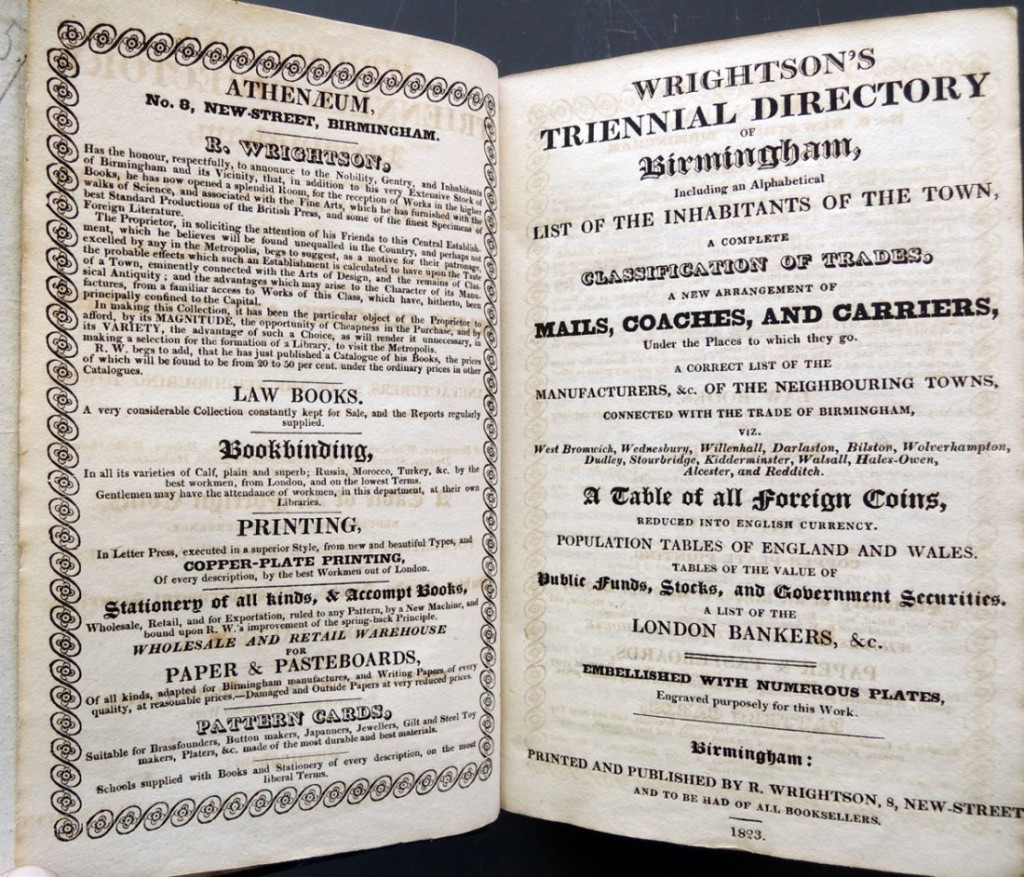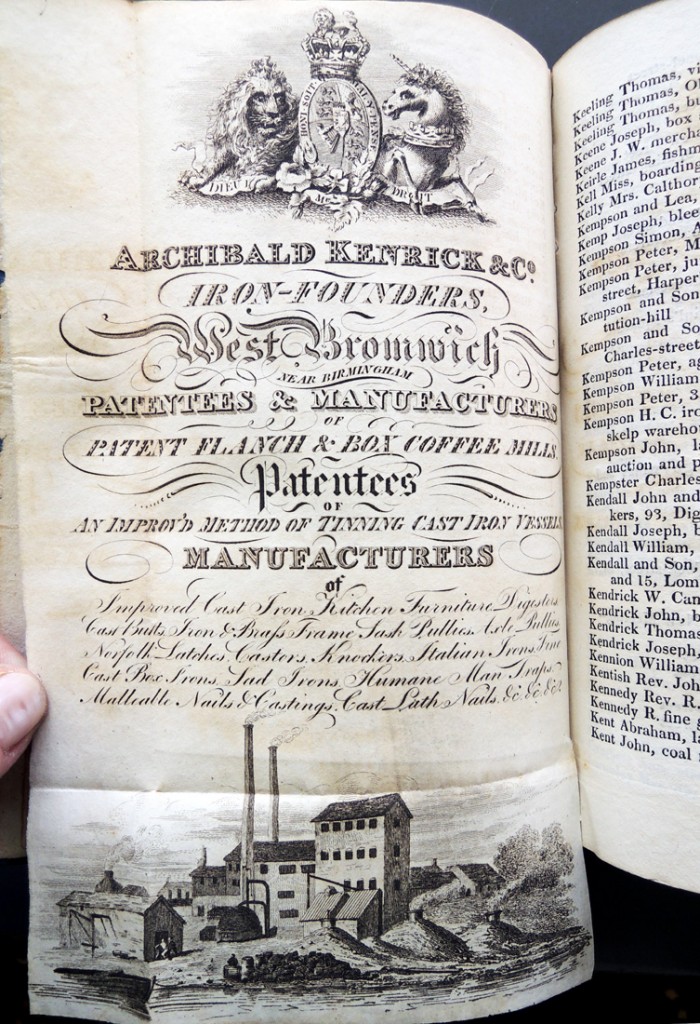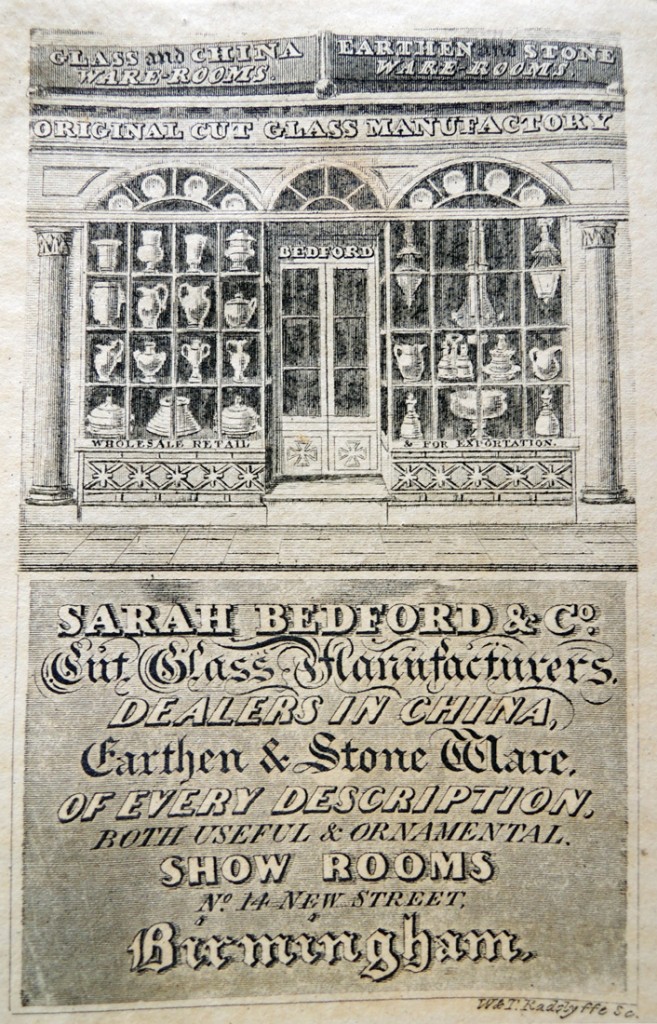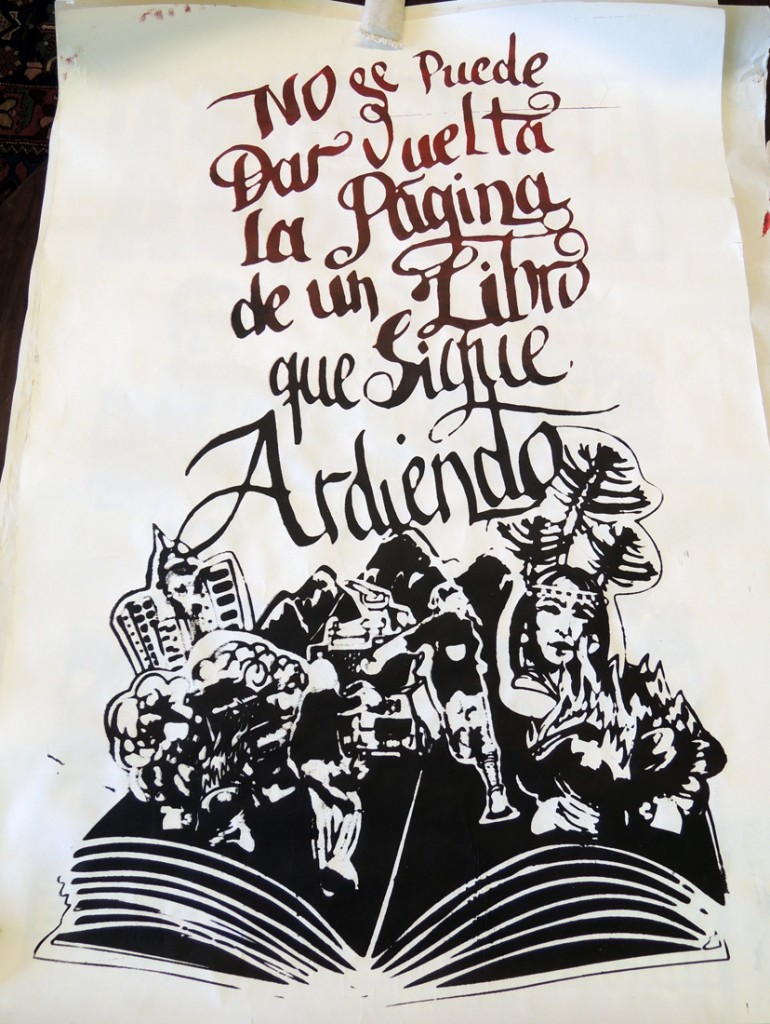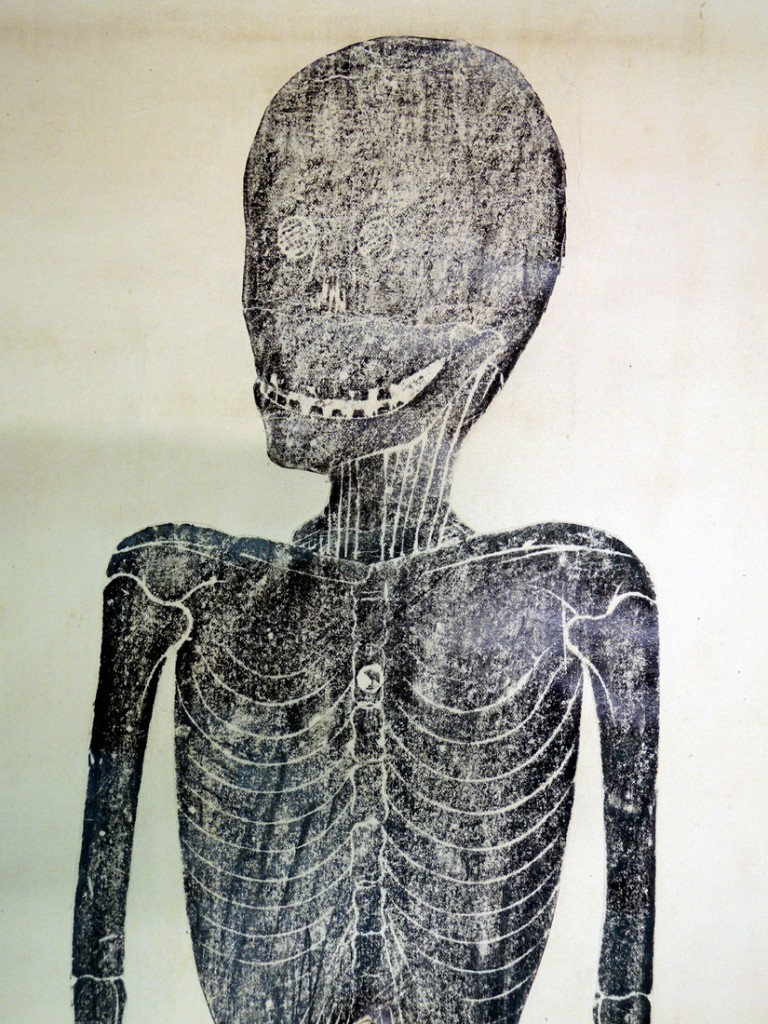
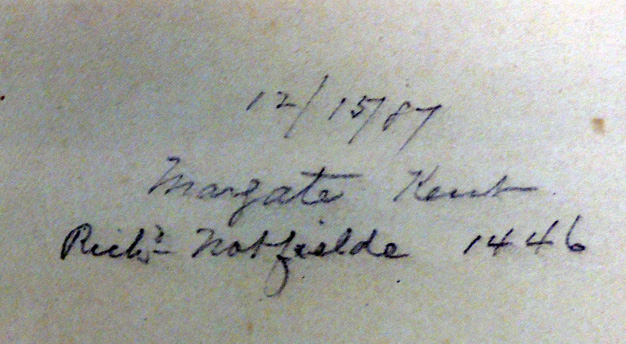 Possibly Richard Notfelde (skeleton)
Possibly Richard Notfelde (skeleton)
The Day Collection of Memorial Brass Rubbings, ca. 1980s. Graphite on paper. Graphic Arts Collection. Gift of Kent Day Coes of Upper Montclair, New Jersey and H. Vinton Coes, Class of 1936 of Sussex, New Jersey, in memory of their grandfather Harry Kent Day and their mother Agnes Wickfield Day Coes.
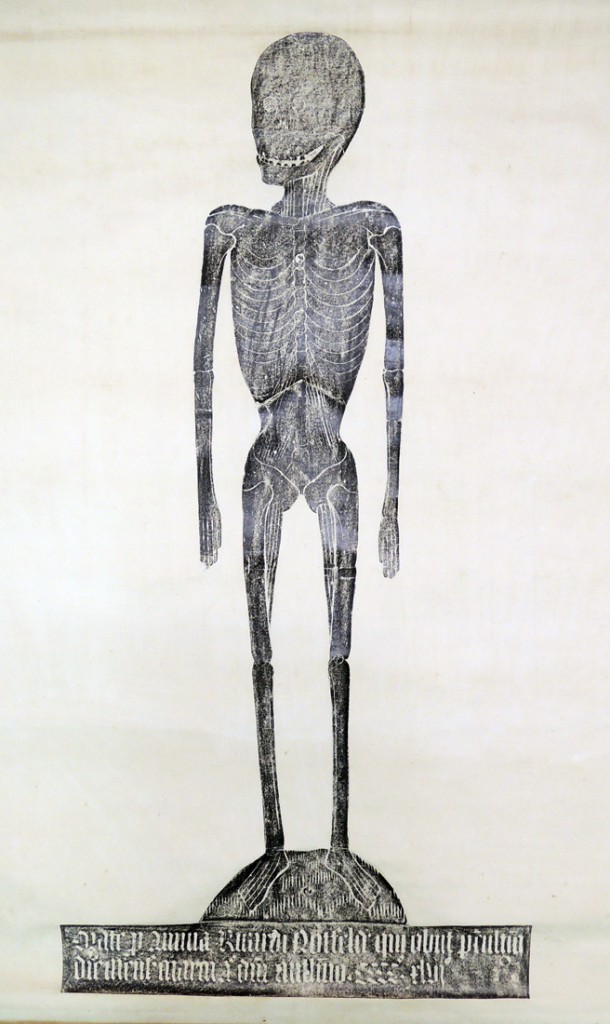
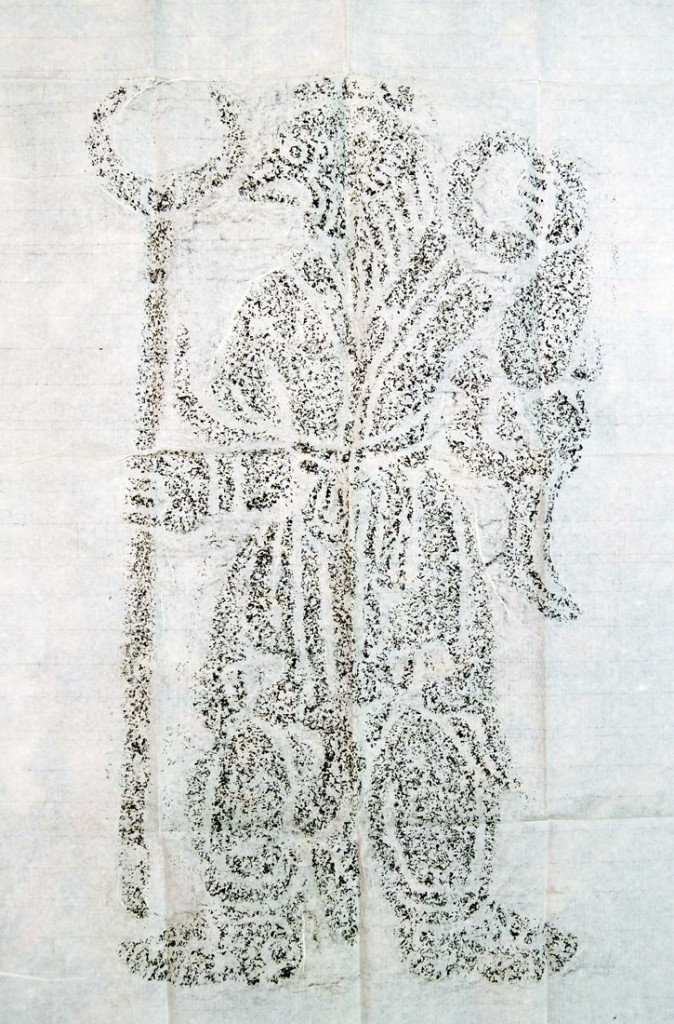
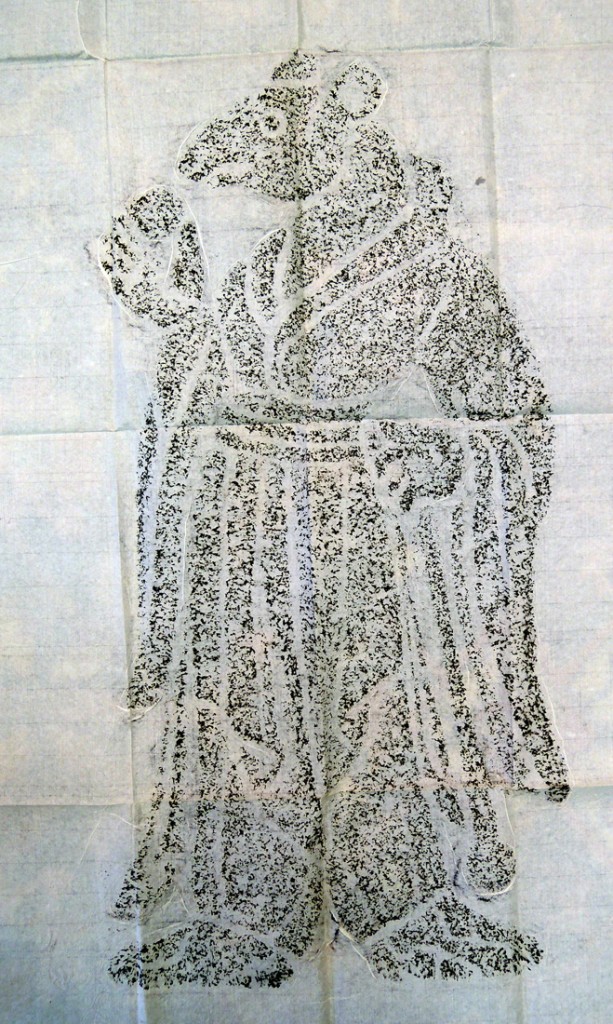 2. Sir Rodger de Trumpington, crusader; 1289, Trumpington, Cambridgeshire
2. Sir Rodger de Trumpington, crusader; 1289, Trumpington, Cambridgeshire
3. Sir Robert de Saptvans; 1306, Chartham, Kent
16. Robert Wyvil; 1375 – Salisbury Cathedral, Wiltshire
18. John de Campeden; 1382 – Chapel of St. Cross, Winchester
19. Sir William de Bryene; 1395 – Seal, Kent
27. Judge John Martyn and Anna, his wife; 1436, Graveney, Kent
28. Jane Keriell; about 1461, Ash, Kent
31. Christina Phelip; 1470 – Herne, Kent
32. William Gysborne (half-figure of a priest); 1451, Farningham, Kent
33. Robert de Brentyngham (half-figure); about 1380, East Horsley, Surrey
35. Lady Catherine Howard; about 1520, Stoke, Suffolk
38. Sir Thomas Isly and wife; 1520, Sundrldge, Kent
42. Lady Fyneux; 1539, Herne, Kent
50. Thomas Hamon; about 1620, Rye, Sussex
65. Nicholas Canteys; 1431, Margate, Kent
68. A civilian and wife; 1480 – Chelsfield, Kent
75. John Rusche; 1498, All Hallows, Barking, London
76. Thomas Sibill and wife; 1519, Farningham, Kent
77. Lodewyc Cortewille and his wife Colyne Van Caestre; 1496 and 1504, from Corteville, France now in the Museum of Economic Geology, London
81. Nicholas le Brun; 1547, Jeumont, France, now in the British Museum
85. Dame Joan de Favereham and her son John; about 1370, Graveney, Kent
86. Cardinal Frederic Casmir; 1510, Cathedral of Cracow, Poland
no number. Peryent and wife Joan; 1415, Digswell, Hertfordshire
no number. Edvarod Valontyne and wives Agnes and Joan; 1559 and 1570, Thanet, Kent
no number. Skeleton (not otherwise identified); 1446, Margate, Kent
no number. Sir Robert de Bures; 1302, Acton, Suffolk
no number. Fitzhugh, crusader; about 1320, Pebmarsh, Essex
no number. Knight, possibly a crusader
no number. Sir William Tendring; 1408, Stoke, Suffolk
For information on how to get started with a collection of your own, see: http://www.mbs-brasses.co.uk/brass_rubbing.htm The Monumental Brass Society, a website for those interested in any aspect of monumental brasses and incised slabs of all dates in all countries.

